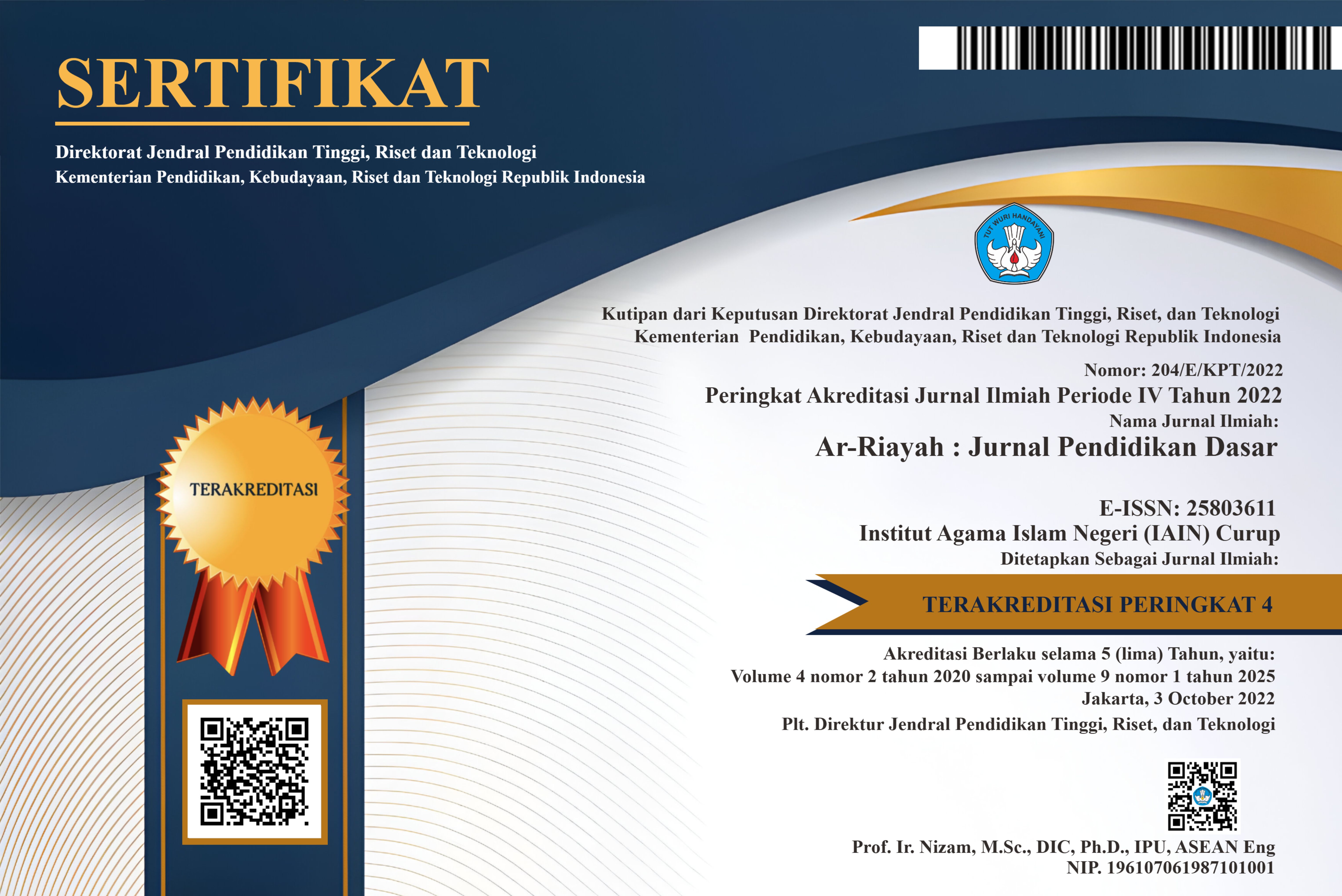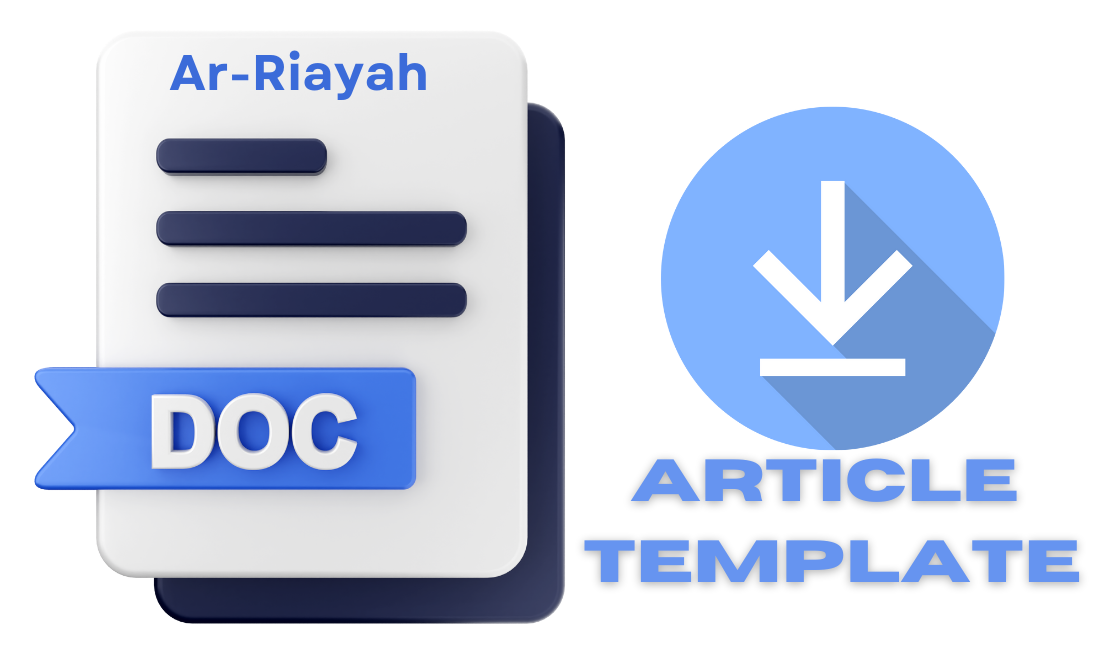Effectiveness of Child-Friendly Schools Based on the CIRC Method toward Learning Outcomes in Arabic Language Education at MI Tarbiyah Islamiyah Palembang
DOI:
https://doi.org/10.29240/jpd.v9i1.12747Keywords:
Child-Friendly School, Arabic Language, CIRC Method, Learning OutcomesAbstract
The lack of reading references is one of the factors contributing to the low level of student interest in writing. Therefore, the CIRC method enables students to collaborate in small groups to assist one another by combining reading, writing, and discussion activities into a single learning activity. Where this is consistent with the fundamental values of a child-friendly school, which emphasizes the safety, comfort, health, friendliness, and enjoyment of children. The objective of this research is to investigate how Arabic language learning using the CIRC method can be adapted to the principles of child-friendly schools. This study uses the sequential explanatory method, also known as the mixed method, which in its implementation employs a one-group pre-test and post-test design, which means that only one experimental class is used, without a comparison class. The results show that this treatment can improve students' Arabic language skills as indicated by an average pre-test score of 35.33 and a post-test score of 80.67. This implies that students' proficiency in the Arabic language has improved. This learning can also provide motivation and facilitate developing of students' social skills. Through group study, students will acquire the ability to respect and appreciate one another, which is consistent with the values of a child-friendly, anti-discriminatory institution.
Downloads
References
Akhyar, Yundri. “Implimentasi Program Sekolah Ramah Anak Di Tingkat Sekolah Dasar.” Al-Mujahadah: Islamic Education Journal 1, no. 2 (2024): 155–68.
Downloads
Published
How to Cite
Issue
Section
Citation Check
License
Copyright (c) 2025 Karimah Taqwatul , Mukmin Mukmin, Hidayah Nurul, Yusnida Yusnida , Pratama Muhammad Ferdy , Yani Ahmad

This work is licensed under a Creative Commons Attribution-NonCommercial-ShareAlike 4.0 International License.
Authors who publish with Ar-Riayah: Jurnal Pendidikan Dasar agree to the following terms:
Authors retain copyright and grant the journal right of first publication with the work simultaneously licensed under a Creative Commons Attribution-NonCommercial-ShareAlike 4.0 International License (CC BY-NC-SA 4.0) that allows others to share the work with an acknowledgment of the work's authorship and initial publication in this journal.
Authors are able to enter into separate, additional contractual arrangements for the non-exclusive distribution of the journal's published version of the work (e.g., post it to an institutional repository or publish it in a book), with an acknowledgment of its initial publication in this journal.
- Authors are permitted and encouraged to post their work online (e.g., in institutional repositories or on their website) prior to and during the submission process, as it can lead to productive exchanges, as well as earlier and greater citation of published work (See The Effect of Open Access).










